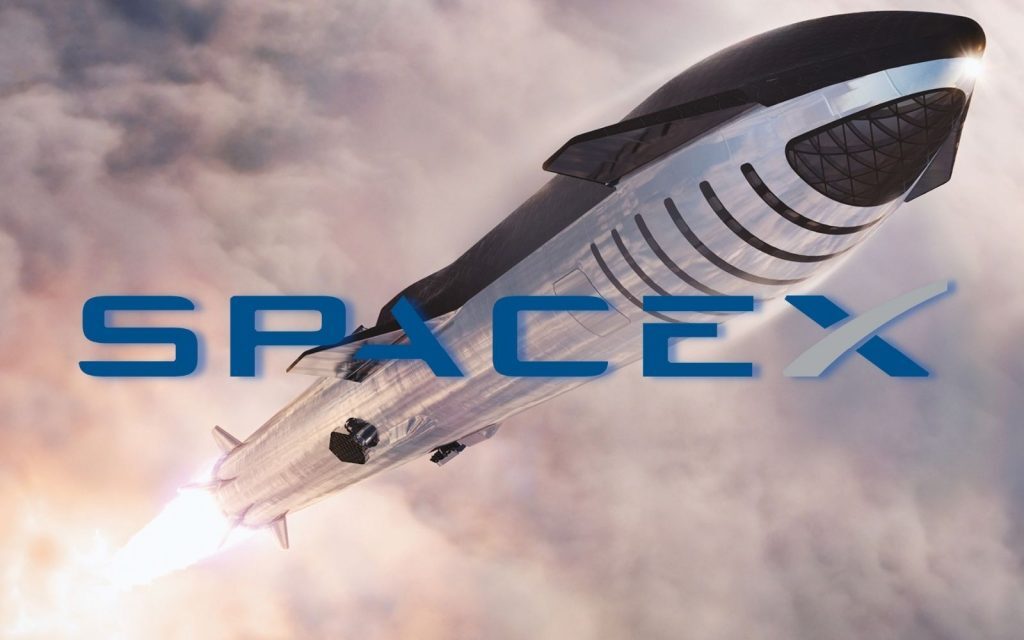SpaceX has made substantial progress on its Starship launch vehicles. You know, the one it suspects will take humans to Mars? The company went from blowing them up in various ways to actually landing one. Immediately, plans were started to launch one into orbit for a few revolutions before returning it to Earth.
When this feat would be achieved, however, was the subject of speculation. Original estimates had the test taking place before March 2022, but Elon Musk has pushed that timeline back a little. Provided nothing expensive happens in the meantime, of course.
Starship knee-deep in hoopla
Speaking at a virtual meeting of the National Academies’ Space Studies Board and the Board on Physics and Astronomy, Musk said that he’s expecting the launchpad at Boca Chica in Texas to be completed this month, and ready for an initial orbital test in January.
There are several possibilities for the first proper Starship launch. It could blow up on the launchpad, or en route to orbit, or something could go wrong when it gets up there. Something similar happened the first time Boeing tested its Starliner crew capsule.
Elon Musk is aware of the potential for disaster for Starship. “There’s a lot of risk associated with this first launch,” he said. “So I would not say that it is likely to be successful, but I think we will make a lot of progress.” And progress was always the point. Getting Starship back in one piece… that was never an option. It’s set for a water landing, should it make it that far.
Instead, SpaceX will collect “…as much data as possible during flight to quantify entry dynamics and better understand what the vehicle experiences in a flight regime that is extremely difficult to accurately predict or replicate computationally.” That sounds an awful lot like “We’re going to blow this one up so the next one works better” to us.
Source: TechCrunch




